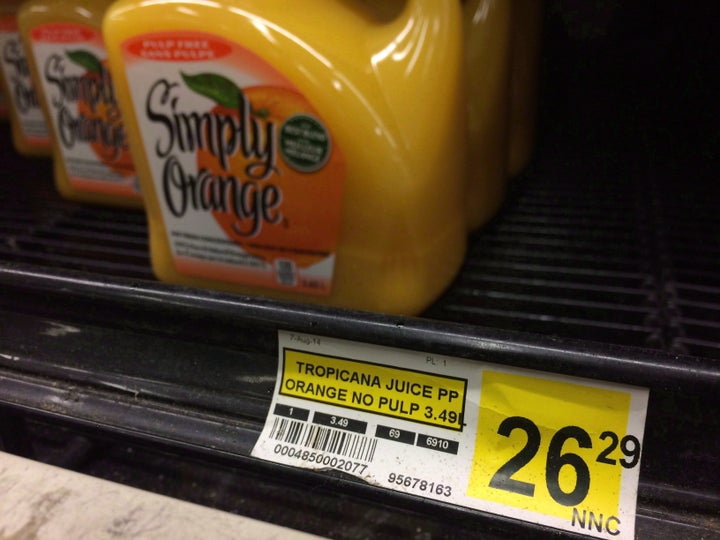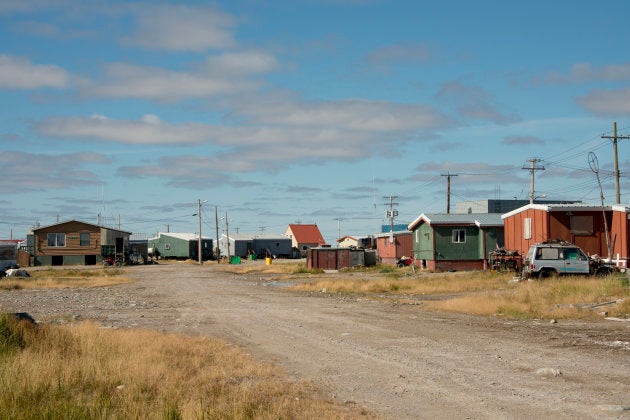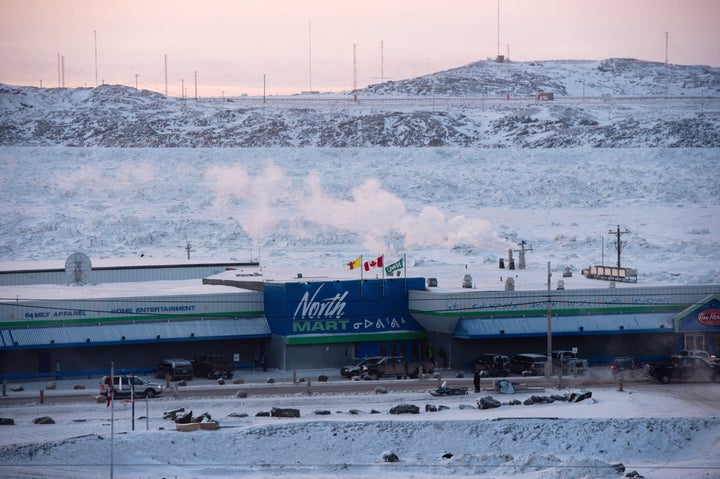A lot of news happened in 2018. We're looking back at some of the biggest stories from the last 12 months.
Also, we hope you have a great year ahead. Happy 2019.
Wandering up and down the four or five aisles of the Northern grocery store in Arviat, my husband and I check prices and expiry dates on everything. Skim milk is about $5.00 for 2 L, a bit high, but the scrawny, whole chicken is over $20.00, almost 50% pricier than at my grocery store at home in Ontario.
I pick up a head of lettuce. It's is $6.99.
"Doesn't the Co-op have it on sale this week for $3.99?" My husband puts the lettuce back into the bin.
"Let's go there when we're done here." On the next aisle we see a loaf of garlic bread for $7.00. We return it to the shelf. Olive oil? Out of the question. It is cheaper to buy the bottled Caesar dressing with its long list of unhealthy ingredients at just over $4.00 even if its expiry date has passed. Carrots and apples seem to be the only reasonable fresh produce if we compare their prices to those at premium grocery stores at home, not the prices at discount variety stores like Food Basics.

As we walked back to our daughter's house, we carried basic ingredients for the evening's dinner. A $100-dollar bag to feed four people for one meal.
Emma warned us. She is frugal but was regularly spending a large portion of her northern stipend on food and other necessities. Toilet paper was over $12.00 for eight rolls, double the price from our ValuMart around the corner at home. Diapers cost families about $30.00 a week for each child.
Traveling North of 60 was never at the top of my list. I have been to nine of ten Canadian provinces and hoped to travel to other places first. Although I realized Northern Canada includes three Territories, Northern Quebec, and Labrador, I hadn't realized how different everyday life in the north would be from what I know at home. It is just other another part of Canada, isn't it?
But then our daughter, who had applied for her public health placement in Arviat, Nunavut, was successful in her application. Mark and I revised our travel list. When else would we travel to this part of the country, particularly to this remote hamlet?
Arviat is on the Western shores of Hudson Bay, just above the tree line. With a population of just over 2500 (records vary), it is the third largest community in Nunavut. Inuktitut is the first language of many residents. They lived a traditional way of life for hundreds, perhaps thousands, without speaking English or eating food from stores.

Sheila Watt-Cloutier's A Right to Be Cold, which I read as part of pre-trip background, gave me further insight into the richness of Inuit culture, and current challenges of life in the North. In just over a generation, the Inuit have gone from surviving on country food, hunting, and gathering, to food bought in shops.
According to Watt-Cloutier and Nunavut News, country food is more difficult to access and food security challenges in the Nunavut are complex. It takes time with huge expense to ship food to these remote communities. Their populations range between several hundred people to several thousand, and food selection is limited. A higher percentage of family incomes are lower, with employment opportunities more restricted than other regions of Canada. Groceries cost two, three or more times what I would pay in Southern Ontario, even with government subsidies.
More from HuffPost Canada:
Our grocery store receipt indicated the cost of each item and its pre-subsidized price, both were a shock. Nutrition North, the federally subsidized food program, includes foods not traditionally part of a Northern diet and seem foreign to Northern consumers. Yet even with food subsidization, particularly of the healthier foods, many families can neither afford most food nor are accustomed to preparing them.
In September 2016, after a critical report of the federal auditor general, the Canadian government gathered local input into the food program.
Elyse Skura wrote the following in an article for CBC:
"People in Nunavut's capital (Iqaluit) say the Nutrition North program needs a complete overhaul, since it is not keeping people from going hungry and it's not lowering the costs of foods Northerners really eat... Many people said the impact of the funding is diluted when it's used for a range of products only the affluent can afford... so far residents, have pushed for traditional food, including fish and caribou meat."

Adequate food for families consumes many people in the North, and for good reason. A Facebook group called, "Feeding My Family" with 22,448 members as of October 2018, reveals the shocking sticker prices of food, offers grass route solutions and advocates for better government support. But one social media page is a small voice in a vast region.
Less than a week from now many family tables in Southern Ontario will overflow with Thanksgiving feasts. We'll enjoy turkey and dressing, mashed potatoes loaded in butter, fresh green beans, and streusel-topped sweet potatoes. Somehow, we will still make room for pumpkin and apple pie with whipped cream. Who could afford such a meal in Arviat? Would the items even be available?
Last July, as I wandered through the store in Nunavut weighing the cost of each food item, I reminded myself I'm in Canada. In a country with abundant resources, all Canadians are entitled to a healthy, culturally-appropriate diet at an affordable price. Why can't we make this happen?
Have you been affected personally by this or another issue? Share your story on HuffPost Canada blogs. We feature the best of Canadian opinion and perspectives. Find out how to contribute here.
Also on HuffPost:
